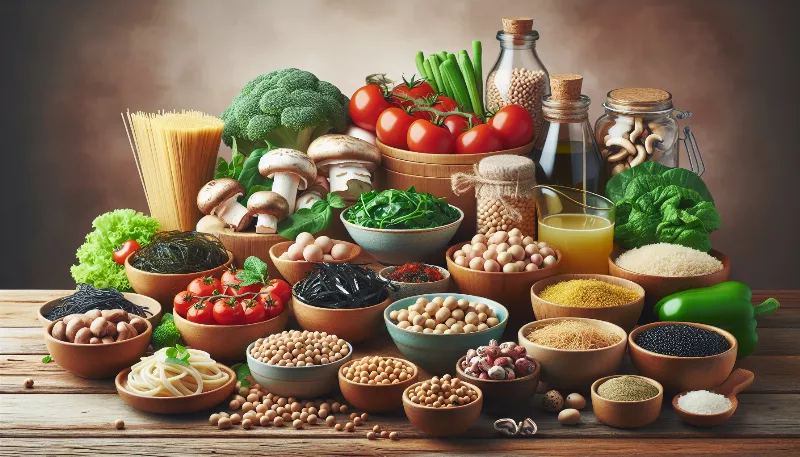What are the best ways to add umami flavor to vegetarian dishes?
Unlock the secret to savory vegetarian meals! Discover top tips for infusing umami richness into your plant-based dishes. Taste the difference now!

Unlocking the Secret of Umami in Vegetarian Cuisine
Are you ready to elevate your vegetarian dishes to a whole new level of deliciousness? The secret lies in the magical fifth taste known as umami, a savory depth of flavor that can transform a simple meal into an extraordinary culinary experience. But how do you infuse this elusive taste into plant-based dishes? Fear not, for we have the best ways to add that mouthwatering umami punch to your vegetarian cooking!
Embrace the Power of Mushrooms
Mushrooms are nature's little umami bombs. Their earthy richness is packed with natural glutamates, which are compounds responsible for that sought-after savory taste. Incorporate shiitake, cremini, or portobello mushrooms into your stir-fries, soups, and sauces. You can even grind dried mushrooms into a powder and sprinkle it over your dishes as a potent umami seasoning.
Get Creative with Fermented Foods
Fermentation is a fantastic process that not only preserves food but also enhances its umami quotient. Think beyond the traditional and explore the world of fermented delights like miso paste, tempeh, sauerkraut, and kimchi. A dollop of miso paste can work wonders in marinades, dressings, and broths, while tempeh can be marinated and grilled for a satisfying umami-rich main course.
Don't Underestimate the Tomato
Tomatoes are a staple in kitchens around the world, and for good reason. They're brimming with natural umami, especially when concentrated in forms like sun-dried tomatoes, tomato paste, and slow-roasted cherry tomatoes. Use these ingredients to build a robust flavor foundation in your pasta sauces, stews, and even as a topping on your favorite vegetarian pizza.
Seaweed: The Ocean's Gift to Umami
Seaweed isn't just for sushi rolls; it's a versatile ingredient that brings a unique umami character to any dish. Kombu, a type of kelp, can be added to broths and removed before serving to impart a deep, savory flavor. Nori, often used to wrap sushi, can be crumbled as a garnish or incorporated into salads and grain bowls for an umami kick.
Cheese, Please: Dairy's Umami Contribution
For lacto-vegetarians, cheese is an excellent way to introduce umami into meals. Hard, aged cheeses like Parmesan, Gouda, and cheddar are particularly high in umami. Grate them over pastas, soups, and salads, or enjoy a sliver with fruit for a snack that satisfies all your taste buds.
Nuts and Seeds: Small but Mighty Umami Sources
Nuts and seeds may be small, but they pack a flavorful punch. Toasted sesame seeds, almonds, and cashews can add a delightful crunch and umami touch to your dishes. Try blending them into sauces or using them as a topping for added texture and flavor.
Conclusion: Umami Unleashed in Vegetarian Cooking
With these tips and tricks, you're well on your way to mastering the art of umami in vegetarian cuisine. Remember, the key to unlocking umami is experimentation and balance. Start with small amounts and adjust to your taste. By incorporating these umami powerhouses into your cooking, you'll create vegetarian dishes that are not only nutritious but irresistibly tasty. Get ready to impress your taste buds and those of your friends and family with the profound depth of flavor that umami brings to the table!









